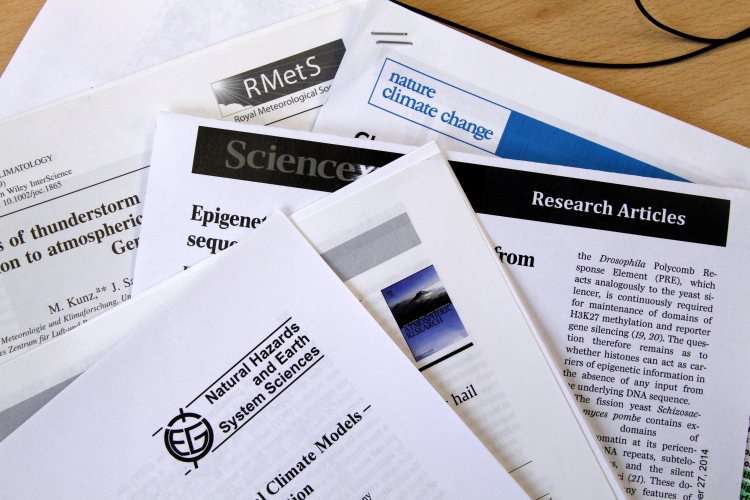New Discussion-Paper
Ward, P. J., Blauhut, V., Bloemendaal, N., Daniell, J. E., de Ruiter, M. C., Duncan, M., Emberson, R., Jenkins, S. F., Kirschbaum, D., Kunz, M., Mohr, S., Muis, S., Riddell, G., Schäfer, A., Stanley, T., Veldkamp, T. I. E., and Winsemius, H. C. (2019): Review article: Natural hazard risk assessments at the global scale. Nat. Hazards Earth Syst. Sci. Discuss., doi:10.5194/nhess-2019-403.
Abstract:
Since 1990, natural hazards have led to over 1.6 million fatalities globally, and economic losses are estimated at an average of around $260–310 billion per year. The scientific and policy community recognise the need to reduce these risks. As a result, the last decade has seen a rapid development of global models for assessing risk from natural hazards at the global scale. In this paper, we review the scientific literature on natural hazard risk assessments at the global scale, and specifically examine whether and how they have examined future projections of hazard, exposure, and/or vulnerability. In doing so, we examine similarities and differences between the approaches taken across the different hazards, and identify potential ways in which different hazard communities can learn from each other. For example, we show that global risk studies focusing on hydrological, climatological, and meteorological hazards, have included future projections and disaster risk reduction measures (in the case of floods), whilst these are missing in global studies related to geological hazards. The methods used for projecting future exposure in the former could be applied to the geological studies. On the other hand, studies of earthquake and tsunami risk are now using stochastic modelling approaches to allow for a fully probabilistic assessment of risk, which could benefit the modelling of risk from other hazards. Finally, we discuss opportunities for learning from methods and approaches being developed and applied to assess natural hazard risks at more continental or regional scales. Through this paper, we hope to encourage dialogue on knowledge sharing between scientists and communities working on different hazards and at different spatial scales.

